What are the best techniques for reproducing famous paintings?
We have all fallen in love with a special painting and want it at home.
However, reality often clashes with illusion. First, because it is not always easy to find good painters, and many of us end up opting for ordering cheap prints of paintings that bear no resemblance to the original works. Prints are easy to obtain, but in the print on sheet (paper posters) the spirit and charm of the original oil canvas is lost.
The result is an art lover who ends up regretting the purchase and still chooses to hang the eyesore on their wall in an attempt to recover their “investment”. If you find yourself in that group, you may end up experiencing that old adage that says "you get what you pay for".
But not all news is bad. Who can we turn to when we want to order a good replica of an oil painting? And what decisions are less risky when it comes to finding a supplier that specializes in making reproductions of paintings?
In this article, we conduct an extensive examination of the different techniques for reproducing oil paintings, silkscreen printing, giclee prints, and other popular methods.
We also explore the 3 best suppliers that offer replicas of famous paintings and personalized portraits, such as family portraits in oil.
The market for reproductions of famous paintings and personalized paintings is undoubtedly a thriving industry that has gone through different stages. Today, there are various alternatives for purchasing art replicas, but what are the cost-benefit techniques for reproducing paintings and what advantages does each one entail?
Next, we provide a detailed look at the most used Painting Replica techniques in the painting reproduction industry:
No. 1 Reproductions of famous oil paintings, painted 100% by hand
The reproductions of paintings famous oil paintings, like those made by Kuadros, are replicas of paintings hand-painted or copies of an original painting. For example, if the Café Terraza por la Noche is your favorite painting, you could order that oil reproduction and it will be hand-painted by a professional artist. Fine art reproductions in oil are not prints, although some companies first print a work onto the canvas and then paint or embellish the print.
A genuine replica of a painting will always be hand-painted by an artist skilled in making these types of copies. The final result will always depend on the quality of the artist. Therefore, art replicas tend to have varying levels of quality, which the industry has detailed in descending order as “Museum Quality,” “High Quality,” and “Commercial Quality” (the type you might see in stores and hotels, for example).
It is important to note that even in the best reproductions of art, small differences in color and brush strokes in the replicas compared to the original work can be observed, and this is something many buyers do not expect when making their first purchase, as they have an expectation of "photocopy".
At Kuadros, we follow a systematic process for creating oil art replicas, which we illustrate step by step below:
Step A. A good process in the reproduction of a painting begins with an excellent drawing

All Kuadros artists are expert drawers since a good drawing is the fundamental basis of a good replica.
If the artist is not a good drawer, the final result will likely be of low quality and leave the customer dissatisfied.
Although many companies that offer painting reproductions use self-taught artists of great talent, at Kuadros we only employ the exclusive service of artists graduated from fine arts schools. This filter is used to ensure quality for the public, but it can lead us to increase the cost of certain paintings depending on the complexity of the painting.
That said, we do not mean to underestimate our competition in the art replica market. Both options can be valid at a given moment, and the final choice and the way of working are determined by the quality standards of the company that offers the art reproduction service and the price offered to the final customer.
Step B. The first details are added to the replicas of the work

Depending on the painting, our artists choose the brush that best fits the detail and texture of it.
Skillful handling of tools is always fundamental to the final result of the replica: the mixing of colors and their quality, the palette knife, brushes, and the canvas all contribute to the final result and ultimately influence whether the final customer loves or despises the painting.
Step C. It's time to give life to the figures in the painting

The first strokes of the face begin to be applied while maintaining the proper proportions of the human figure.
The sense of proportionality and perspective are key in the painting reproduction techniques. Replicas of paintings with distortions or geometric errors damage the customer’s illusion with which they enter the initial purchase process, which is not a cheap process, as depending on the work, the value of a good replica of a painting can range from 300 USD to 1,000 USD.
Regarding costs, these are generally influenced by 3 factors:
- The number of figures in the painting
- The total size of the replica in square centimeters
- The complexity and detail of it
- The artist. More experienced artists who can reproduce a Mona Lisa charge much more.
We will expand on this topic of costs later.
Observe this real replica of the Mona Lisa that is on our desk as we write this note. The level of detail from our artist is impressive, being a task that is not easy to accomplish, as emulating the great Leonardo Da Vinci is a task that few plastic artists manage to do effectively.

(You can purchase a replica of the Mona Lisa in oil here)
Step D. Every detail in a painting replica counts

For a reproduction of a famous painting to be worthy of the original work, the artist will take care of every detail of the piece as the original master intended.
Sometimes artists choose to omit certain details to focus on the more visible or notable points of the piece, as ultimately it is not about making an oil photocopy.
However, a good company and a good artist will always opt to correct specific details requested by their clients.
For example, in this replica of the Lady of Shalott, the Mexican client did not accept the initial level of detail in the cloak that the artist had created. This was the final replica that our client received with satisfaction:

(You can purchase a replica of the Lady of Shalott in oil here)
Step E. For Kuadros, the finish in a reproduction of a painting really matters

Kuadros monitors the finish of each oil replica until it meets the satisfaction of our quality specialists.
Sending paintings with errors to clients means a very costly process for any company that produces these types of replicas, as it generates expenses for both parties and worst of all, the final disappointment of the client. Therefore, good companies that reproduce paintings always invest time in retouching and correcting errors or omissions before the paintings are sent to their final destination.
That is, the process of approving the replica of a work takes place before it is packed and securely mailed to the client. When the client approves their painting, it is rolled up for packing and sent to the eager buyer.
Step F. Your Copy of the Painting is ready!

The final result of a good oil replica is exquisite, but you as the buyer must agree!
The process of creating replicas of paintings, and particularly replicas of famous paintings, always concludes with two fundamental aspects:
The after-sales guarantee and a conversation with the client to receive their final approval.
Can you guess which is the original painting and which is the oil reproduction in this image?

If you guessed the painting on the left is the original work, you are right!
The differences in the previous example are marked by the time elapsed, the type of pigment used, the skill of the artist copying the work, and the canvas used. However, you might be surprised by a curious fact: experienced buyers accept these small differences and even many clients prefer the bright colors of the reproductions to the dull details of the originals!
Only in the major art forgeries is it difficult to distinguish between an original painting and a reproduction, as special techniques are used to age artworks. But that is another topic altogether.
No. 2 Reproductions of famous paintings using the canvas printing technique
This type of niche in copies of famous paintings is on the rise, as traditional canvases, primarily cotton, are used with ink prints performed by large format printers like those from Epson. Within this category, there are Giclee prints on canvas, with traditional inks or high-durability or “archival” pigments.
The word “archival” simply means that the pigments are designed to last a very long time and are less prone to deterioration from environmental factors such as light.
Also in this category are embellished fabric prints. The technique is simple; a painting is printed onto cotton or synthetic canvas, and once it dries, an artist adds oil to the surface, embellishing the painting and adding the final texture to the replica.
There is a marked difference in texture between replicas of paintings that are mass-printed on canvas (Canvasographs) and prints made with Giclee; observe the following chart:

In the image on the left, the painting is printed with standard ink. On the right, the painting is printed using the Giclee technique.
Both in Canvasography and in the Giclee technique, resolution matters! Any image you plan to use for printing art prints must be at least 300 DPI relative to the physical size you expect to print.
Used interchangeably in the printing world, the term DPI means Dots Per Inch and relates to the number of physical dots printed within a given square inch.
That said, the appearance of a high-quality art replica greatly depends on the quality of the original digital image and its resolution. But beware! We know that images of such high resolution are very scarce and hard to find. A simple search for an image on Google that you want to reproduce is not enough, as the final result will likely be very poor and will cause the buyer to regret the purchase.
No. 3 Reproductions of paintings printed on paper or sheets (posters)
When printed in offset, an image is divided into four "color channels" known as CMYK. This means cyan, magenta, yellow, and black.
These prints, also called offset prints, are also subject to the quality of the source image (the resolution), the printer used, the inks, and the paper. There is always a risk here that the source image is of low resolution, and therefore the final product will also be of low quality. Although there are photographs of famous paintings available for free use online, very few can be found with the necessary resolution to do justice to the artwork. The only way to do this is by scanning the works on specialized scanners. Of course, with this painting reproduction technique, there is zero texture, and thus the appearance of “cheap paint” is a characteristic of this type of reproduction. This is not the path for anyone wanting a high-quality copy of a painting that will impress visitors to their home or office.
Offset printing is one of the oldest and most commonly used printing styles and has been around since the 1870s, but it is not very advisable for obtaining quality reproductions of artworks.
Generally, the result is not good and disappoints the buyer. It is worth noting, not in a mocking way: you get what you pay for!
No. 4 Replicas of paintings authorized by the artist
Oil reproductions in the visual arts date back to the 16th century when it was common practice for art students to copy their old masters to learn how to paint. The process of copying a masterpiece allowed them to practice a skillful painting style while developing their own style. This allowed ordinary people to hold on to reproductions of oil paintings valued in the thousands of dollars.
Copying paintings was also used in the learning of art. For example, the great Leonardo Da Vinci first learned to paint in the style of his master before following his own approach.
By copying, the student learns the artist's method; their approach to mixing and gradations of color; perspective and brushstroke.

By the late 19th century, Degas was diligently copying the masterpieces of his favorite artist, Ingres. The artist famous for his series of ballerinas also made a careful large-scale copy of The Rape of the Sabine Women by Poussin, which is now at the Norton Simon Museum in Pasadena. The list of famous artists who copied the old masters is endless; Landseer to Rubens; John Singer Sargent to Velásquez; Henri Fantin Latour to Titian and Veronese, Géricault to Caravaggio; Watteau to Titian, Matsys to Raphael, to name just a few.
This practice has been so marked that even Picasso himself famously stated, "Good artists copy, great artists steal."
Speaking of Picasso's famous quote, we would love to make replicas of Picasso's paintings, wouldn’t we all? But copyright still lies with his family, and it will take at least two decades for the public to be able to enjoy his wonderful work.
The copyright of a painting lasts on average 70 to 80 years after the artist's death, depending on the country.
No. 5 Reproductions of art by serigraphy
The technique of reproducing paintings by serigraphy has existed for over 100 years.
It is a medium that has been used with astonishing effect by artists like Andy Warhol, Romero Britto, LeRoy Neiman, and many others. But, what exactly is a serigraph? Serigraphy is a term that comes from "seri," which in Latin means "silk," and "graphos," which in ancient Greek means "writing." The word was coined in the early last century to distinguish the artistic use of the medium from its more common commercial purpose.
Serigraphy is familiar to us in countless ways. It is used from t-shirt logos to posters.

The roots of serigraphy are deeply ingrained in history. This medium was primarily used in the Far Eastern countries, China and Japan, as a technique for applying stencils to fabrics and screens. Serigraphy allies itself with woodblock printing, which first emerged in those countries for similar purposes.

Noche de Fantasía, serigraphy by Itzchak Tarkay
The technique of reproducing paintings by serigraphy was adopted by European artists and craftsmen in the 15th century and further developed for a wide variety of decorative and artistic applications.
At its most basic level, serigraphy involves covering portions of silk or a similar material with a coating. First, the silk is stretched over a frame hinged to a base. Then, the image window is masked with adhesive tape, and a layer of shellac or glue is applied. Any part of the silk that remains exposed becomes the design, through which the paint ink is pressed using a rubber squeegee or brush.
In reality, this simplified description of serigraphy hardly does justice to the flexible technique and the artistic versatility of the medium.
No. 6 Reproductions of paintings on photographic paper
Good reproductions of paintings on photographic paper are made on archival matte paper. This is the best paper for fine arts, as it is an economical paper for reproducing paintings and photographic prints. The reproduction of the painting is done on a smooth surface of heavy paper (230g), neutral white and matte. This paper is designed for accurate color reproduction that provides high contrast and high-resolution output.
In this type of reproduction, acid-free paper is preferred, making it the perfect choice for both photographs and reproductions of paintings.
It should be noted that this type of reproduction is also subject to the quality of the paper and the resolution of the original image, as happens in all art reproductions by printing.
How to distinguish quality in painting reproductions?
When it comes to “quality,” even within these previous categories, there are significant differences in price, sizes, and the fidelity of colors.
At Kuadros, we specifically serve a clientele that seeks high-quality oil painting reproductions. Our painting copies are made with extreme skill, where expert artists in painting replicas aim to get as close as possible to the original author's intent.
To achieve this, we rely on the help of more than 60 masters graduated from fine arts schools. These professional artists from Kuadros are spread across different parts of the world, from Venezuela to Haiti in the Americas, to China, South Korea, and Japan in Asia.
Who leads the trade of Oil Painting Reproduction?
Currently, there are two schools of large volume painting reproduction, one that uses European artists and another that resorts to art copying in the Chinese market. Companies that utilize European artists to create copies charge much more for their paintings than companies that employ Chinese painters.
But does the vast price difference justify itself? Let's take a look below.
What is the difference in quality between these two schools of art reproduction?
You may be surprised that in practice there is no marked difference in quality attributed to the geography of the painter reproducing the work. Contrary to many Chinese products that have a dubious quality reputation (often rightly so), Chinese art reproductions tend to be equal to or superior to those by European artists. The reason? The Chinese artist has a considerable advantage over the European in experience, as schools of painting reproduction located in China have been mass-producing paintings for at least three decades.
It’s worth knowing a bit of this history. In 1989, a businessman and artist from Hong Kong named Huang Jiang, who was visiting the city of Shenzhen, set out to transform the rundown village of Dafen into an oil painting reproduction workshop.
By renting several houses and recruiting a dozen apprentices, Huang created a business that operated like an assembly line, efficiently producing Van Goghs, Da Vincis, and Rembrandts and selling them worldwide. By the end of the 1990s, Jiang's business had grown to include over 2,000 employees. Many apprentice artists eventually branched out and formed their own art reproduction projects.
Several of the masters who work today with Kuadros come from the original batch of those first artists under Master Huang Jiang, so collectively they have hundreds of years of experience in the painting replica industry.
But not all reproductions from China are the same. Today, cheap painting reproductions can be purchased on Chinese platforms like Aliexpress. Many of these replicas are of low quality, although buyers who do not know the difference may often be satisfied.
Chinese artists specializing in painting replicas charge quite high to produce their works, as the average production time for a painting of 60x90 is at least 2 to 3 weeks.
What influences the price of an oil painting reproduction?
We had briefly touched on some factors that influence the prices of painting replicas. Here we expand the topic a bit more.
The price of reproductions of famous paintings is determined by several factors:
- The artist who paints the painting. Good artists and experienced masters charge more than apprentices or new artists in reproduction technique
- The size of the painting. Here it is worth saying that size matters. It is not the same to reproduce a painting of 60x90 than a canvas of 120x200, since of course more canvas is used, more paint, and above all, time. In many cases, the artist reproducing paintings charges more for their time than for the materials.
- The canvas. Synthetic canvases are cheaper than cotton ones, and cotton ones are cheaper than linen.
- The pigments. Cheap pigments can form cracks over time, or lose their original hue. High-quality pigments, on the other hand, are made with fine components designed to last for hundreds of years, as in the case of the paintings of the great masters.
- The number of figures in the painting. This factor is obvious, as each face will require greater effort in reproducing the detail.
- The level of detail and complexity of the work.
Are painting reproductions worth anything?
In general, art reproductions have low value compared to originals, which are often auctioned for millions. Fine art replicas are not usually considered an investment like original art.
On the other hand, there is no guarantee that an original artwork will increase in value. Of course, there are exceptions in art reproductions, especially oil painting reproductions. For example, if Banksy were to paint a reproduction of The Kiss by Klimt, then this reproduction would be worth a lot of money, as it would be painted by a famous artist. But in general, the value of art reproductions is determined by what someone is willing to pay for them in the original market where they are purchased.
Because most copies of paintings have been undervalued for a long time, their authorship has rarely been recorded, which is why they often arrive to us more frequently as anonymous works. Yet we make an effort to understand the influence of truly great works on younger or later artists and students who made copies.
The reproductions of famous paintings in oil tend to be fantastically economical.
Acquiring a copy of a famous painting would place you in good company: King Charles I, the most famous and sophisticated art collector in England, owned a large number of replica paintings (approximately 70), including numerous copies of paintings whose originals he already possessed. In addition to purchasing these paintings himself, Charles also received copies of paintings as gifts from members of the court.
As in the example of King Charles, it is evident that the satisfaction of owning a painting replica does not lie in its commercial value, but in being able to admire a bit of the vision that the artist wanted to capture in his original work.
Some tips before buying an oil painting reproduction:
In the painting reproduction industry, you really get what you pay for. If you opt for a printed reproduction, don't expect much.
Always compare the replica with the original so you can see the differences and judge for yourself how good or bad a reproduction is.
It is almost impossible to reproduce an oil painting with 100% accuracy. Do not be fooled by misleading claims. Here, we must mention the exception of art forgeries.
You should also examine the warranty provided by the supplier.
Be realistic about the time you should expect for the reproduction of your painting. Unless it is a printed painting, oil paintings take several weeks to be painted, dried, carefully packed so they don’t get damaged, and sent to their final destination.
The average time for a buyer to receive that desired painting is at least 4-6 weeks, but in some cases this time may extend to 8 or 10 weeks, depending on the complexity of the artwork.
About the Reproductions of Famous Paintings in Oil from Kuadros
Our museum-quality painting reproductions are 100% hand-painted by professional artists with years of experience in creating replicas of oil paintings on canvas.
All our paintings come directly from the artist's studio. This means we do not work with intermediaries, nor do we have galleries or showrooms.
The hallmark of Kuadros paintings is the quality relative to their price, as each piece, besides being painted by an expert artist, undergoes periodic review by masters specifically responsible for quality control.
The result of a painting replica created by a professional artist from Kuadros is a piece of exceptional beauty just for you.
For transparency, we include the top 3 online companies that offer painting replica services, according to the ranking we establish based on cost-benefit:
Sale of replicas of famous paintings: top 3 companies
At any of these 3 places, you can acquire a good replica of a painting, whether it be a famous painting you have fallen in love with (for example, the Pandora by Waterhouse), or that family portrait you have wished to hang on your wall for years.
In the end, you as the buyer have the final say. Good luck with your final decision, and may you enjoy that painting that you long for in your heart!
KUADROS ©, a famous painting on your wall.

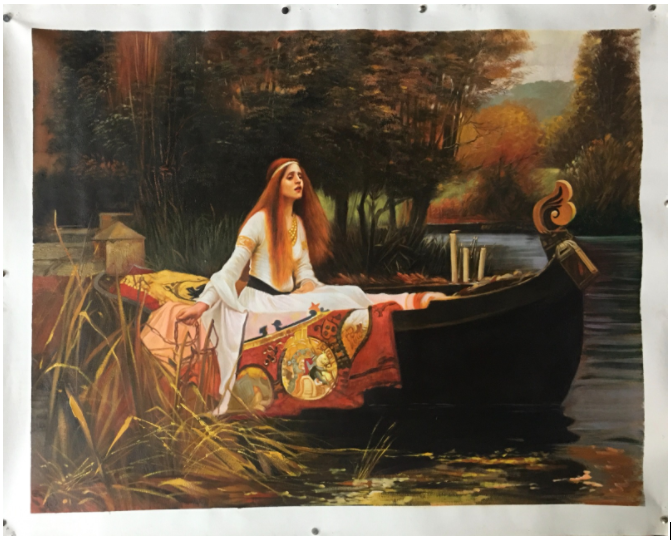
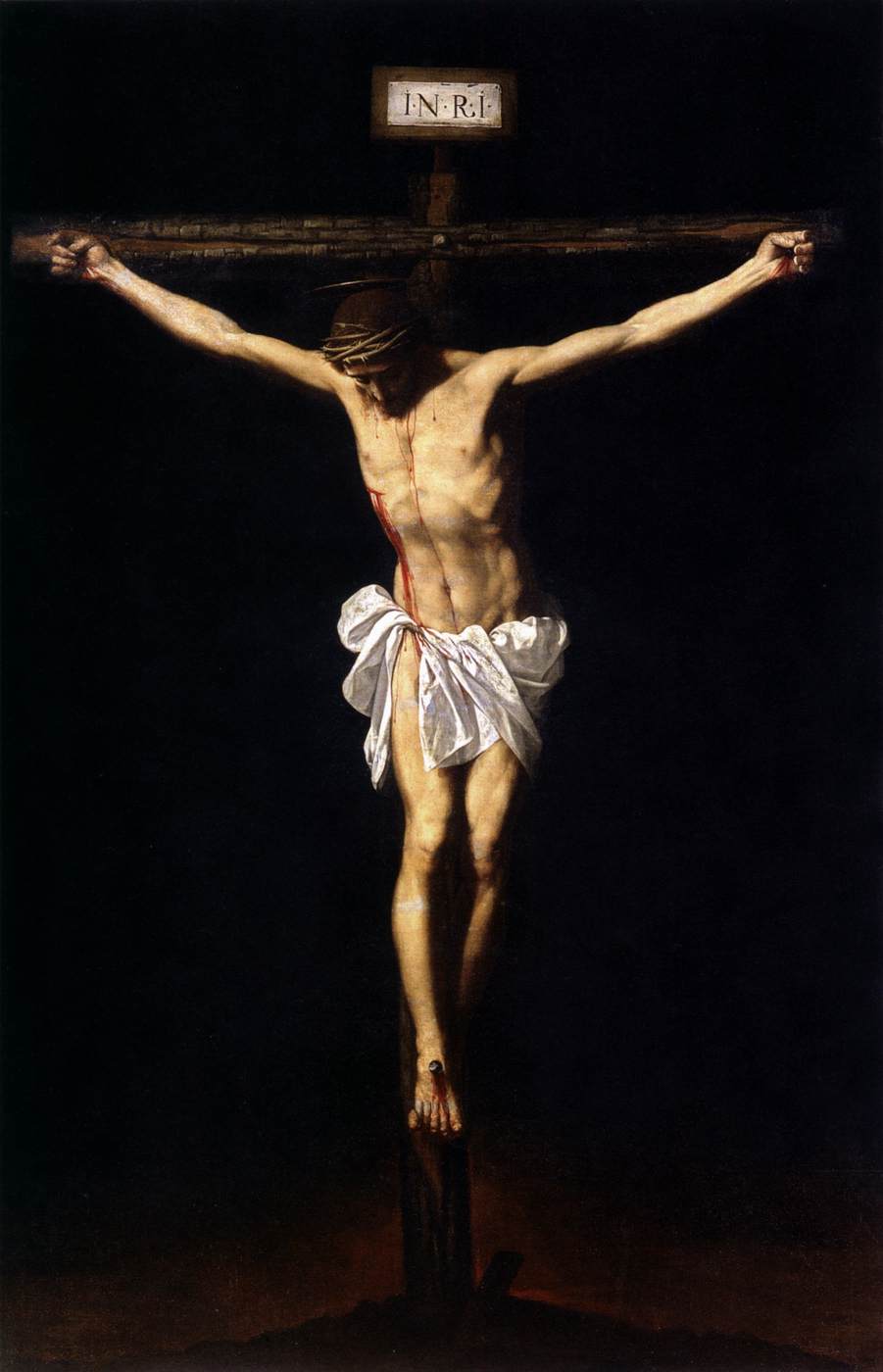
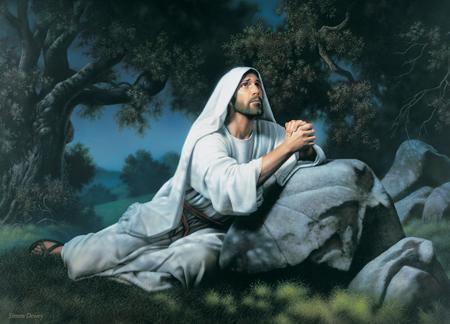
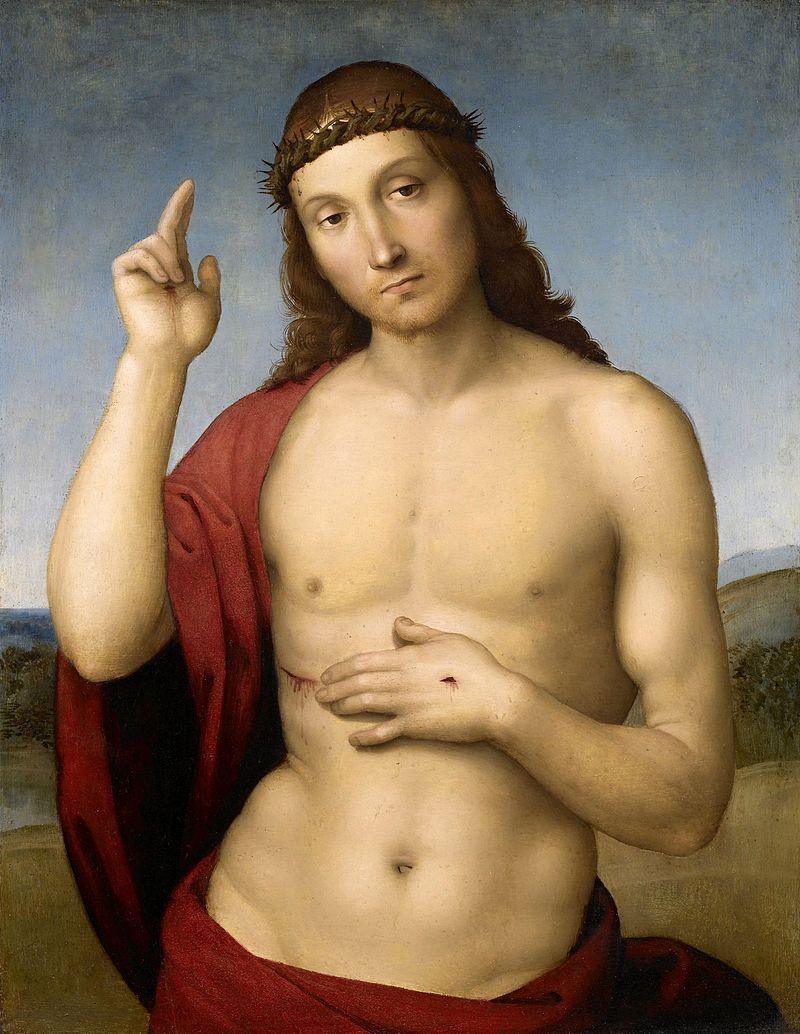
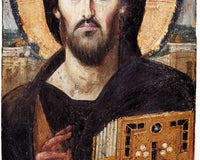
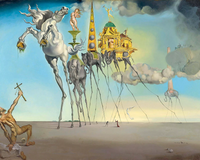
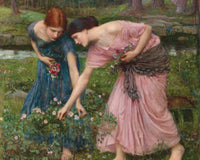
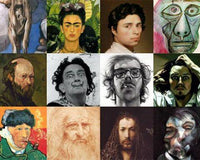
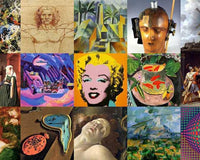
3 comments
Susán Flatau
I bought a very good painting to my friend.
It´s called THE ORCHESTRA IN THE OPERA,( Edgar Degas 1870.)Both I and my friend are very happy with the painting, så thank you for that. I will probably order a new one with balletdancers for his upcoming 90-birthsday on Marc, the 25.th. 2025.
Kindly regards from Susán Flatau.
Susán Flatau,
Gl. Hovedgade 15A. 2.floor, apartment 9,
2970 Hørsholm,
Denmark.
Katherine
Cuadros de pintura quIsIera duplicar algunos InformacIon,porfavor sobre el tema cIudad de Chile
Ivan Trejo
como puedo saber el valor de un cuadro antiguo que es replica de un cuadro famoso